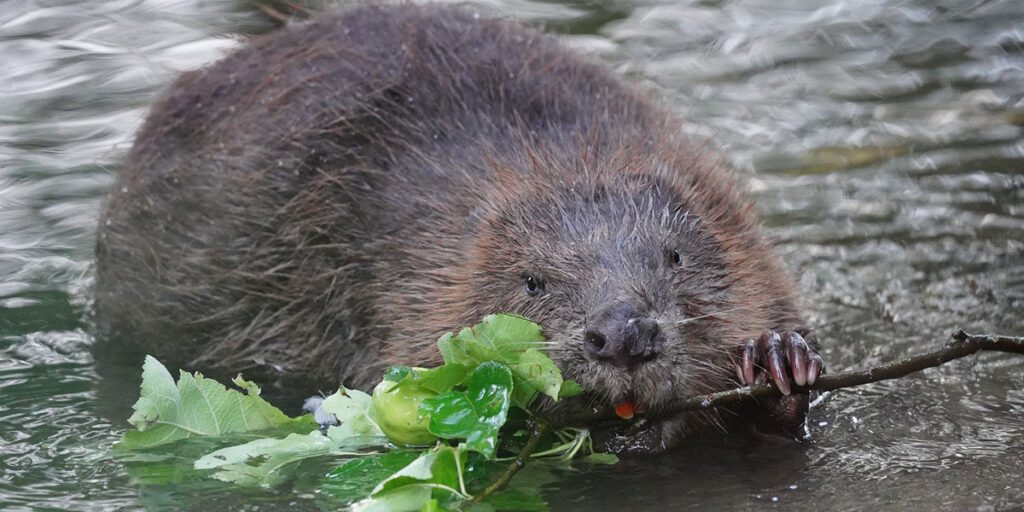Scottish wildlife management exonerated by judicial review

Ross Ewing
The question as to whether humans should or should not be able to lethally control wildlife is once again vexing society.
The issue has even made its way to the court of session – Scotland’s foremost civil court – which last week ruled on the lawfulness of culling beavers under licence.
The petitioner of the judicial review, Trees for Life, made five core complaints against NatureScot – the statutory body responsible for overseeing wildlife management.
Only one of these complaints was upheld – the rest were dismissed.
Trees for Life contended that NatureScot had, among other things, a blanket policy for granting licences for culling beavers, and that the agency had failed to consider the individual circumstances of each application to control beavers. Serious complaints, indeed.
A favourable ruling

The ruling by Lady Carmichael makes for fascinating reading, and while the judicial review was specific to beavers, the outcomes will likely impact the species licensing system more broadly.
First and foremost, it was pleasing to see that Lady Carmichael’s sentiments largely exonerate NatureScot’s approach to the lethal control of protected species under licence.
For example, on the point of whether NatureScot properly considered licence applications, Lady Carmichael was robust in her opinion:

Lady Carmichael was also unequivocal in her assessment of the purpose of a licence:

These points are important for reasons I will elaborate on shortly.
It is worth, also, reflecting on the complaint that was upheld. It centred on the issue of providing reasons for granting a licence, which NatureScot contended it had no reason to do.
Lady Carmichael ruled that NatureScot had ‘erred in law’ on this point by straying in convention of Article 16 of the Habitats Directive.
Wider implications for wildlife management
The outcome of this judicial review is significant because it will likely have a bearing on licences issued for the lethal control of other protected species – not just beavers.
For practitioners and land managers on the ground, it is envisaged that the application process will remain largely unchanged.
The upheld complaint has implications only for NatureScot, who will now be required to produce a ‘statement of reasons’ for each licensing decision they make. Lady Carmichael was clear that the statement does not need to comment on why one course of action has been chosen over another.
But on a more positive note, it is quite clear that the way in which NatureScot considers licensing applications is lawfully sound, contrary to the spin that has manifested in the press.
This is significant in the context of the SNP-Green draft policy agreement, which stated the following:

One could argue that this review has – thanks to Trees for Life – been done for them, in Scotland’s highest civil court no less.
The result? A resounding vindication of the approach overall, albeit with a light touch bit of extra work for NatureScot going forward.
It is also worth reflecting on Lady Carmichael’s words on the purpose of a licence. In short, it is all about the prevention of damage.
Land managers need not wait for serious damage to be done before making a licence application. If there is a risk or minor damage at play, licences to manage can and should be applied for.
So although this judicial review was very much specific to beavers, the implications will more than likely extend to other protected species that are controlled under licence.
Land managers should continue to set out as much detail as possible when making applications to aid NatureScot in coming to a decision.
Overall, though, the outcome of this judicial review is a positive in the context of the heightened scrutiny we will see in this parliament, and we welcome the vindication of NatureScot’s approach.
Want to read more blogs?
Head to our Offbeat pages here.
